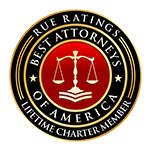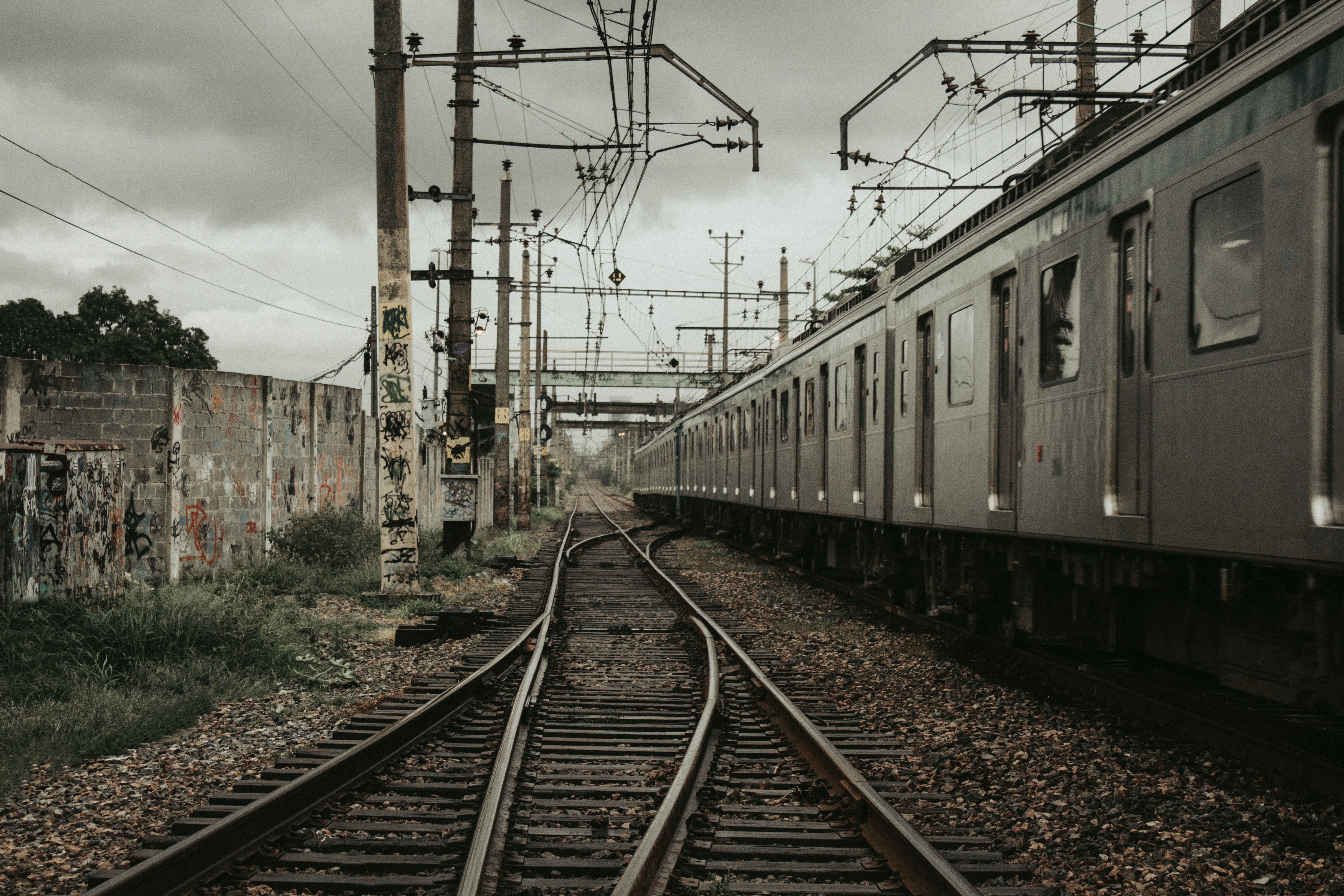
By the 1920s, the protections afforded by the Federal Employers’ Liability Act (FELA) were already well-established, but railroad work remained incredibly dangerous. Workers doing jobs in faraway locales couldn’t drive home for the night and they didn’t have money for hotels. So the railroad put them in “bunk cars” – unused rail cars sitting on track, usually in a yard.
The conditions were, no surprise, often horrendous. The bunk cars had no air conditioning and it was not uncommon for them to be rodent-infested and uncomfortable. One night, a worker couldn’t stand it, and decided it would be better to sleep on the hard ground outside. When he dozed off, a passing train in the yard kicked up sparks and set him on fire.

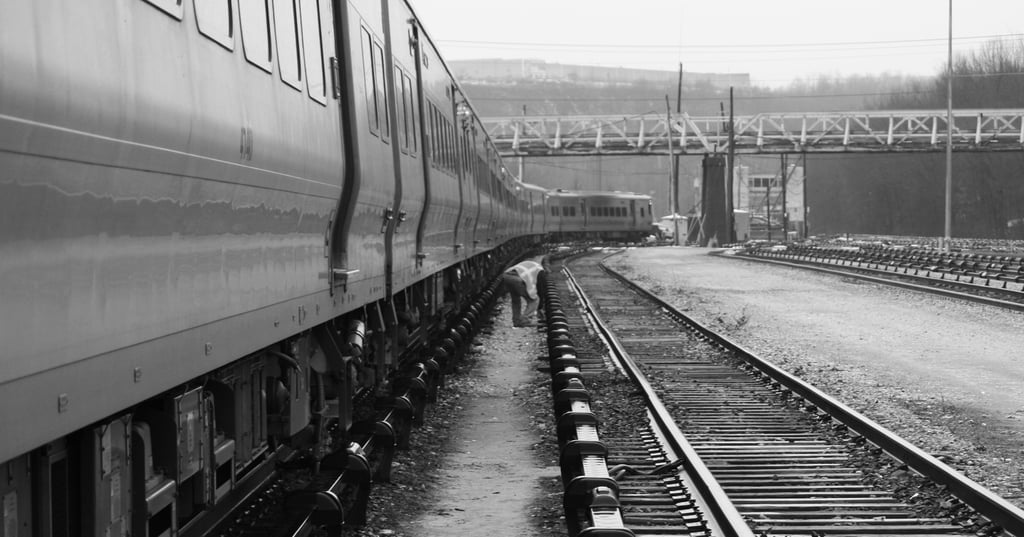
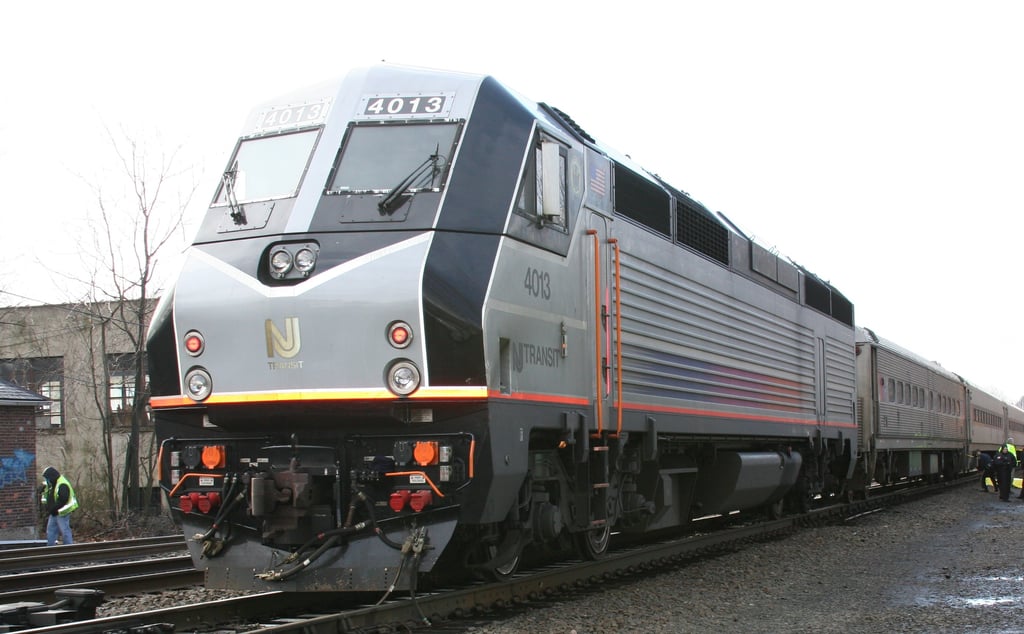 When all you do for a living is sue passenger railroads like NJ Transit and freight carriers like CSX and NS, the calls start coming from clients and friends alike as soon as something like the Hoboken crash hits the news. Everyone asks me “What happened?”
When all you do for a living is sue passenger railroads like NJ Transit and freight carriers like CSX and NS, the calls start coming from clients and friends alike as soon as something like the Hoboken crash hits the news. Everyone asks me “What happened?” 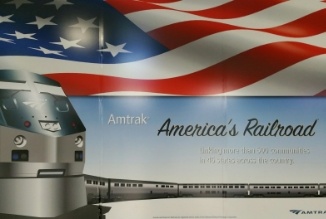
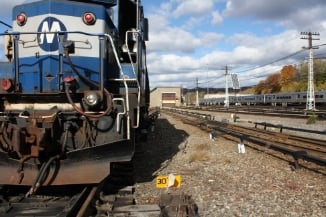 Metro North's most recent disaster involving an SUV and a commuter train at a crossing in Valhalla, is also its most deadly in its 30 year history. And it could have been avoided.
Metro North's most recent disaster involving an SUV and a commuter train at a crossing in Valhalla, is also its most deadly in its 30 year history. And it could have been avoided. 





